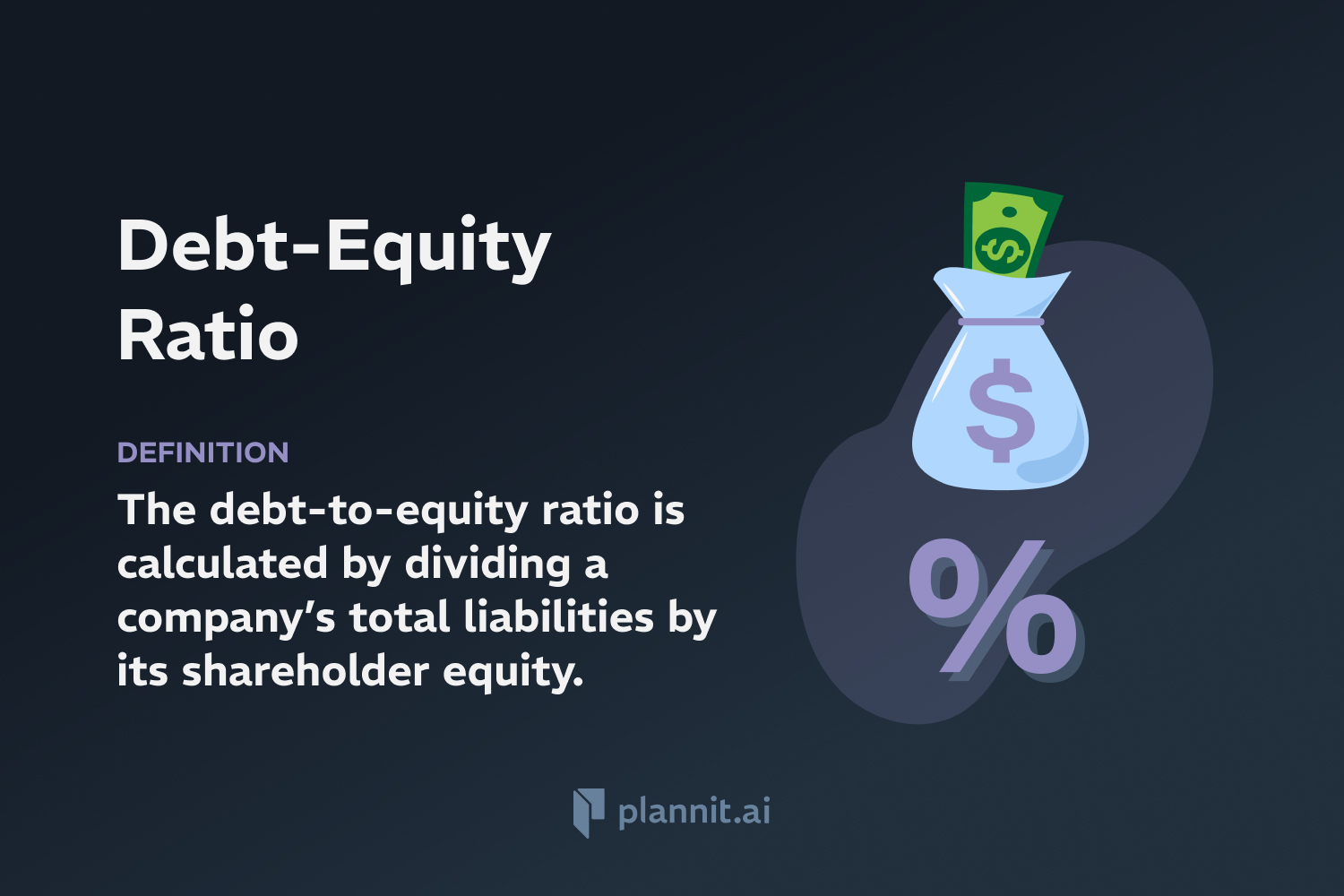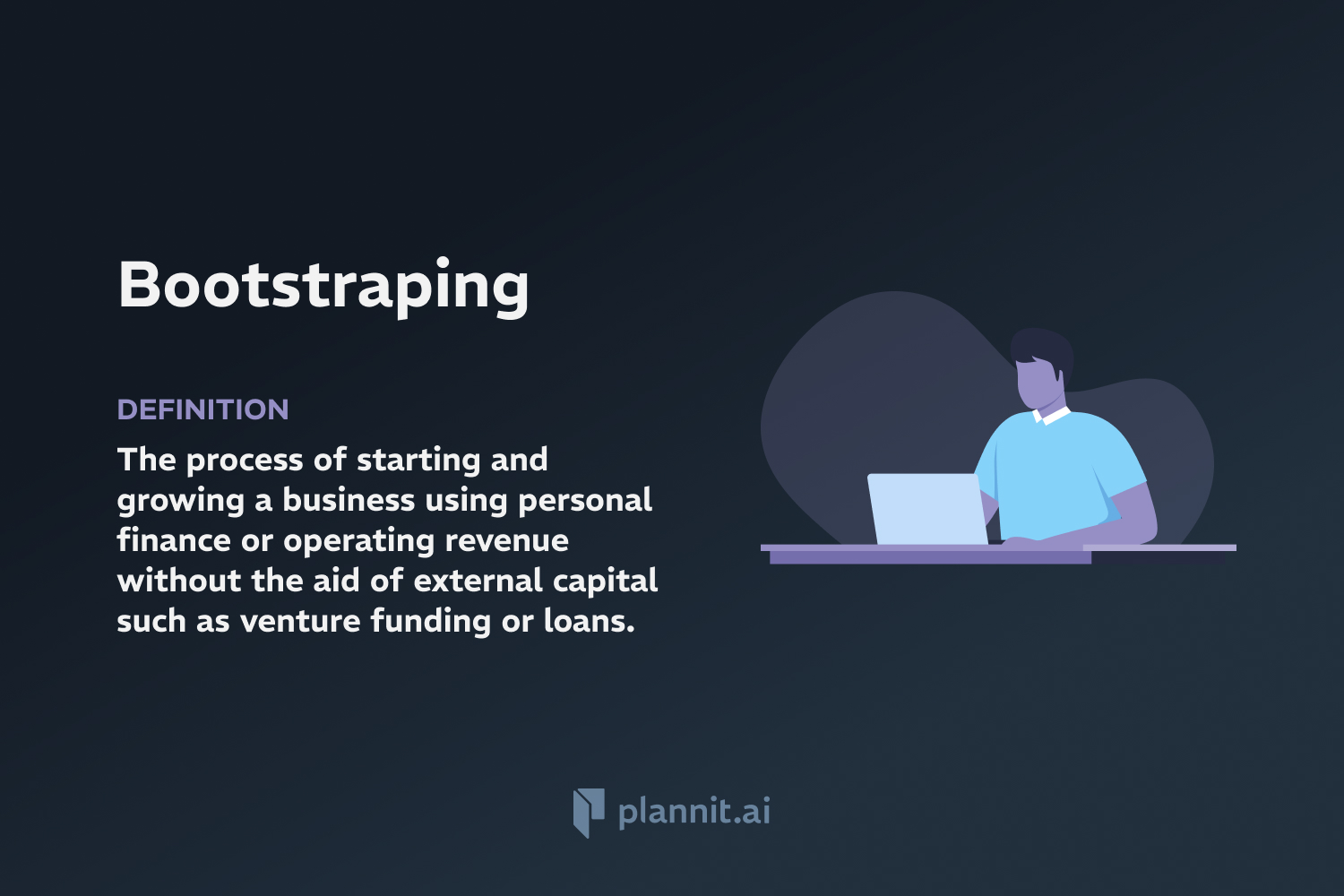Need Help With Your Business Plan?
Answer tailored questions and get a detailed business plan in minutes.
Debt-Equity Ratio: Definition & In-Depth Explanation

The debt-equity ratio is a financial ratio indicating the relative proportion of shareholders' equity and debt used to finance a company's assets. This ratio is particularly important in capital structuring as it is used to gauge a company's financial health and leverage.
Purpose:
The purpose of the debt-equity ratio is to provide stakeholders with an insight into the company’s method of funding its operations and growth, either through debt (loans, bonds) or equity (stock, retained earnings). This ratio helps investors and creditors understand the level of risk involved with the business, as a higher ratio may imply more risk but potentially higher returns.
Example:
If a company has $2 million in total liabilities (debt) and $1 million in shareholders' equity, the debt-equity ratio would be calculated as 2:1. This indicates that the company has twice as much debt as equity, which may be considered risky by investors since the company is heavily dependent on borrowed funds.
Related Terms:
Leverage: The use of various financial instruments or borrowed capital (debt) to increase the potential return of an investment.
Capital Structure: The combination of debt and equity that a company uses to finance its overall operations and growth.
Equity: Represents the value that would be returned to shareholders if all the assets were liquidated and all the company's debt was paid off.
Liquidity Ratios: Financial metrics used to determine a company's ability to pay off its short-terms debts obligations.
FAQs:
What is a good debt-equity ratio?
A "good" debt-equity ratio varies by industry, as some sectors operate typically with higher leverage than others. Generally, a ratio of 1-1.5 is considered healthy, but industries like manufacturing or capital-intensive industries may have higher norms.
How does a high debt-equity ratio affect a company?
A high debt-equity ratio indicates high debt levels compared to equity, which can increase the company’s risk of bankruptcy if it fails to meet its debt obligations. However, it can also indicate an aggressive growth strategy through debt financing.
Can the debt-equity ratio affect a company's borrowing capacity?
Yes, a higher debt-equity ratio can make it more difficult and expensive for a company to borrow additional funds, as lenders may perceive the company as risky.
Why might a company have a low debt-equity ratio?
A low debt-equity ratio suggests that a company is primarily using equity to finance its operations, which could mean it is less risky but may also indicate an aversion to leveraging potentially cheaper financing options through debt.
How can a company improve its debt-equity ratio?
A company can improve its debt-equity ratio by increasing its equity through retained earnings or issuing more equity, or by reducing its total debt through repayments.
Get funding with a business plan that will impress investors.
Starting a New Business?



